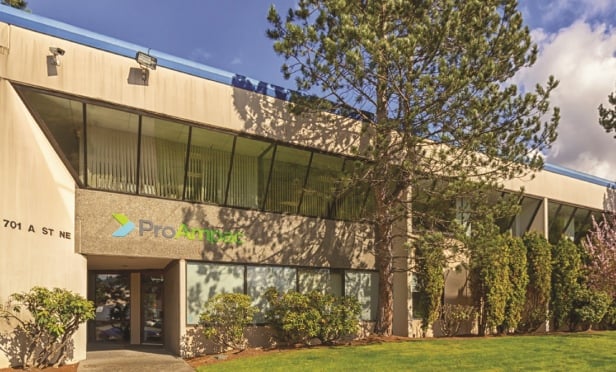NEW YORK CITY-Facilities managers from a diverse group of corporate users—including such names as Freddie Mac, Starbucks and BlackRock—gathered at Citifield in Queens on Tuesday for the Facilities Management Summit. Served up throughout the day were one-on-one meetings with vendors and educational sessions on the details of their specific disciplines within CRE. Some 400 managers and vendors were in attendance.
The bulk of the day was spent in what amounted to speed-dating sessions between stationary managers and circulating vendors seeking an audience and possible new clients. But concerns of the built environment, such as disaster preparedness in the private sector and the impact of technology, were very much in evidence.
On the disaster-recovery front, Timothy Woodcome of National Quality Assurance said that an “all-hazards” approach is critical in best practices since everything from natural disasters to terrorism and supply-chain disruptions can stop your business in its tracks.
A total approach involves identifying what could happen and then figuring its probability, your firm’s vulnerability and its ultimate impact. Based on that evaluation you can then set up your emergency response, which should include prevention, mitigation, continuity and a plan for recovery.
On the tech front, the lead is mobility, as Axis Communications’ Ritz Dreyer pointed out. His math may have been fuzzy, but his point was clear: “If I could leave you with one word, it would be mobility, mobility, mobility.”
All technology is headed into the cloud, he said, and by 2015, cloud investment by both the private and public sectors will hit $22.6 billion. But other areas of technology are advancing apace, and in the near term you should expect to see such gee-whiz capabilities as video that can serve both security needs and, get ready, marketing, an integration that will be a huge benefit for retail.
“Heat mapping can track traffic patterns,” in addition to errant behavior, he explained, “which can help retailers analyze their product placements.”
You can also expect large gains in data compression, hopefully leading to a reduction in griping over bandwidth, at least the technological kind. “It will come at a premium,” Dreyer warned, “but new compression standards will allow us to do more with less.”
© Touchpoint Markets, All Rights Reserved. Request academic re-use from www.copyright.com. All other uses, submit a request to [email protected]. For more inforrmation visit Asset & Logo Licensing.







